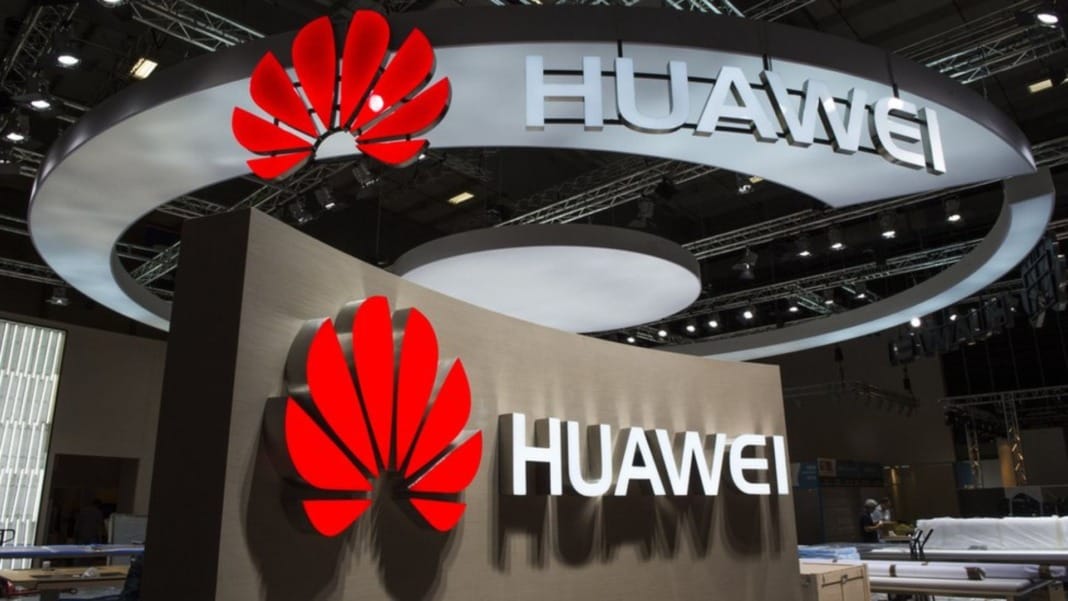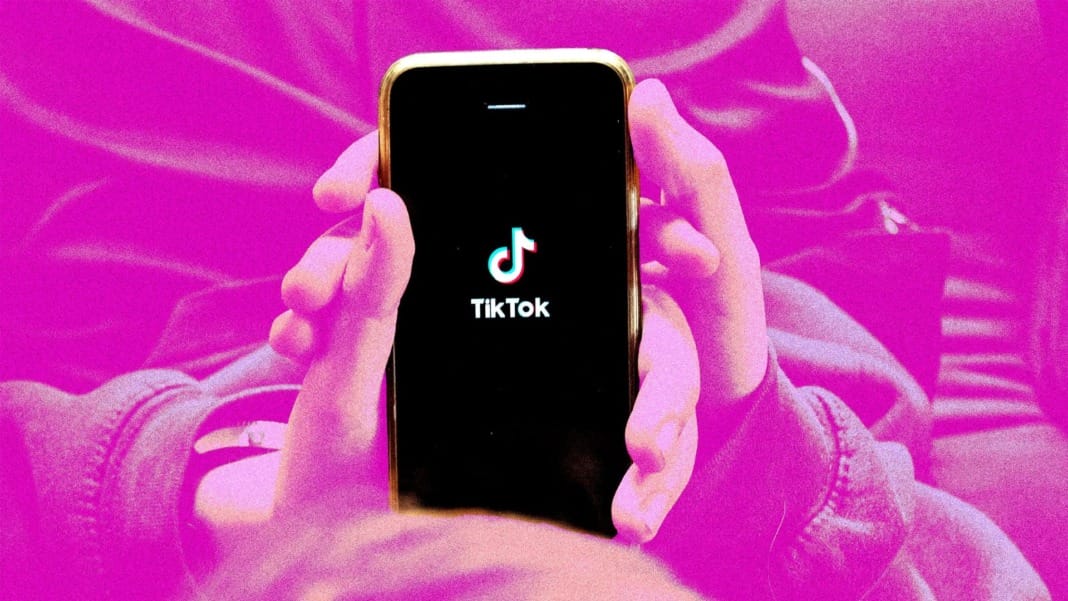Huawei Technologies has expanded its global product line with the launch of two new smartwatches and the overseas rollout of its Nova 14 smartphone series. The event, held in Paris on 20 September, underscored the company’s determination to strengthen its presence in international markets while highlighting its leadership in wearable technology.
New smartwatch models unveiled
Huawei introduced the Watch GT 6 in two sizes, 46mm and 41mm. The smaller model offers an extended 14-day battery life, twice that of its predecessor, while the larger variant can last for up to 21 days, representing a 50 per cent improvement.
The GT 6 also delivers more precise tracking. According to Andreas Zimmer, Huawei’s head of product in the European Union, the company improved the device’s positioning accuracy by 20 per cent compared with the previous generation. “We redesigned the antenna, the algorithms, and added NavIC (India’s navigation satellite system) as the sixth positioning system,” Zimmer explained in an interview ahead of the launch.
Also revealed was the Watch Ultimate 2, designed for extreme durability and underwater use. It includes a mechanical seal that protects its speaker and microphone at depths of up to 150 metres. The watch also supports sonar communication, allowing underwater watch-to-watch messaging at distances of up to 30 metres.
Market research firm IDC reported that Huawei held a 20% global share of the wrist-worn wearable market in the second quarter, shipping 9.9 million units and maintaining the lead ahead of rivals Xiaomi and Apple for the second consecutive quarter.
Nova 14 enters overseas markets
The launch event also saw the debut of the Nova 14 smartphone series outside China, four months after its initial domestic release. The timing coincided with Apple’s first deliveries of the iPhone 17, sparking fresh competition in the global market.
The Nova 14 comes in two models, both featuring a 50-megapixel front camera aimed at improving imaging performance. The Pro version includes a 5x portrait zoom. However, the international lineup does not include the Ultra variant, which remains exclusive to China.
The key difference between the overseas and Chinese models lies in the operating system. International units run on EMUI, Huawei’s Android-based platform, while domestic versions use HarmonyOS.
Despite regaining the top spot in China’s smartphone market in the second quarter for the first time in over four years, Huawei remains a minor player globally. In Europe, the company fell outside the top five, grouped with other smaller competitors holding a combined 13 per cent share. In comparison, Samsung and Apple commanded 36 per cent and 24 per cent respectively, according to Canalys.
Zimmer attributed the lower international market share largely to sanctions that cut Huawei off from Google apps in 2019. “Even though there are many online tutorials telling users how to install Google services on Huawei phones, some users don’t go into that level of research,” he said. “You can, of course, use Google. The phone doesn’t actually block you from anything.”
Commitment to the European market
Despite facing stiff competition and sanctions, Huawei stressed its ongoing commitment to European customers. “It’s important to note that we’re not leaving or going from the European market when it comes to smartphones,” Zimmer said, adding that the company aims to replicate its domestic success across Europe and beyond.
Alongside the new watches and smartphones, Huawei also introduced the MatePad 12 X tablet, including a PaperMatte edition designed for greater visual comfort, as well as the M-Pencil Pro stylus. These additions reinforced Huawei’s strategy of offering a broad portfolio of devices tailored to different user needs.
Huawei’s Paris launch highlighted both its dominance in wearables and its ambition to reclaim ground in the global smartphone market, even as regulatory challenges and strong competition persist.




